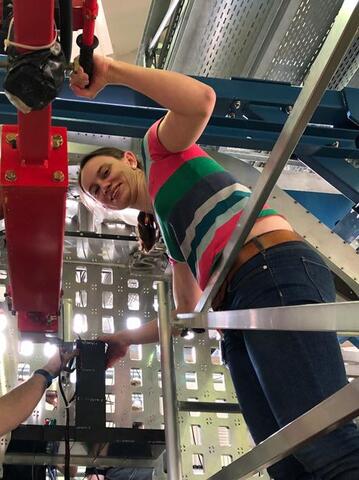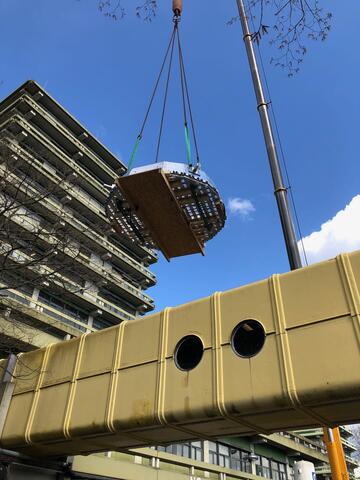Workshop „Physics Opportunities with Proton Beams at SIS100” was held in Wuppertal
PANDA meetings
04/03-08/03 2024 CM 24/1 in Münster
24/06-28/06 2024 CM 24/2 at GSI
25/06-26/06 2024 FEE/DAQ Workshop
04/11-06/11 2024 CM 24/3 at GSI
05/03-07/03 2025 WS at GSI
16/06-20/06 2025 CM 25 in Uppsala
Conceptual Design of the Lambda Disks Detector for the PANDA Experiment
Ajay Kumar
TH-PHD-2017-001.pdf
(23.15 MB)
The thesis describes the conceptual design of the Lambda Disks Detector for the PANDA experiment. PANDA (antiProton ANnihilations at DArmstadt) is a future experiment in the FAIR (Facility for Antiproton and Ion Research) facility located next to GSI at Darmstadt, Germany. Antiproton beams of any momentum between 1.5 GeV/c and 15 GeV/c will be incident on a liquid hydrogen target to produce Lambda (Λ) and
other hyperons. The detection efficiency of final decay products of hyperons can be increased by the Lambda Disks Detector (LDD). Conceptually it is planned to place two layers of the disks in a large gap between the last layer of the MVD and first layer of the GEM detector. Disks will be made up of Double sided Silicon Strip Detectors (DSSD). Detection of hyperons will increase the knowledge of hyperon physics in the low energy regime of Quantum Chromodynamics (QCD).
other hyperons. The detection efficiency of final decay products of hyperons can be increased by the Lambda Disks Detector (LDD). Conceptually it is planned to place two layers of the disks in a large gap between the last layer of the MVD and first layer of the GEM detector. Disks will be made up of Double sided Silicon Strip Detectors (DSSD). Detection of hyperons will increase the knowledge of hyperon physics in the low energy regime of Quantum Chromodynamics (QCD).





